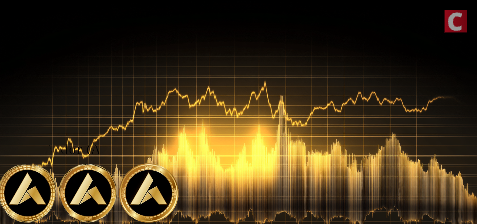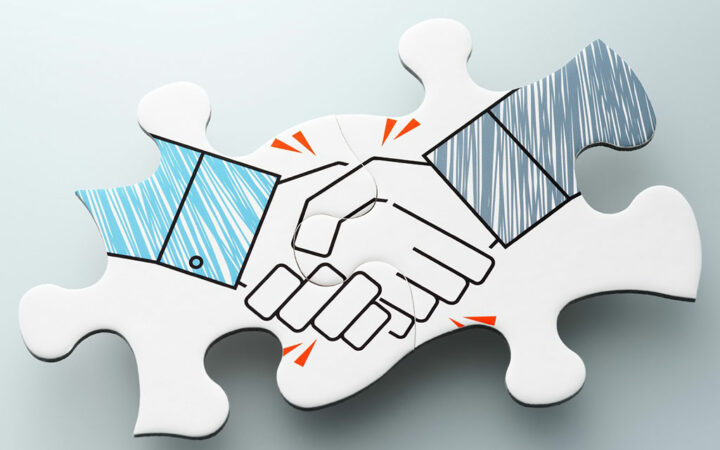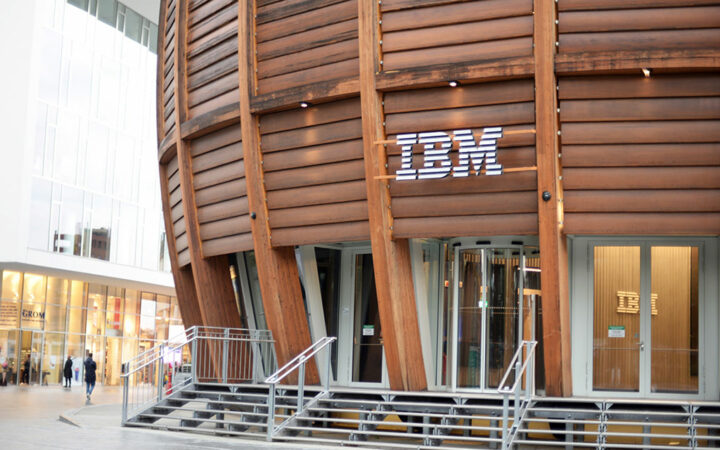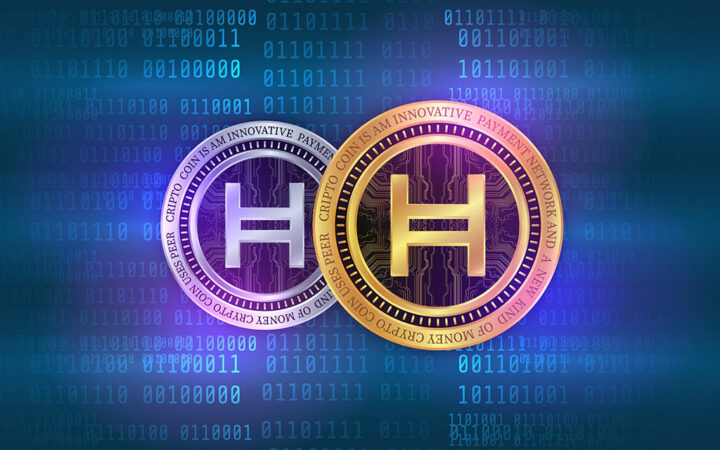
Please check out latest news, expert comments and industry insights from Coinspeaker's contributors.
HotCity aims to help districts crowdsource data about smaller sources of waste heat. Until now, it’s been far more challenging to locate smaller sources of wasted energy due to a lack of meaningful or up-to-date data.
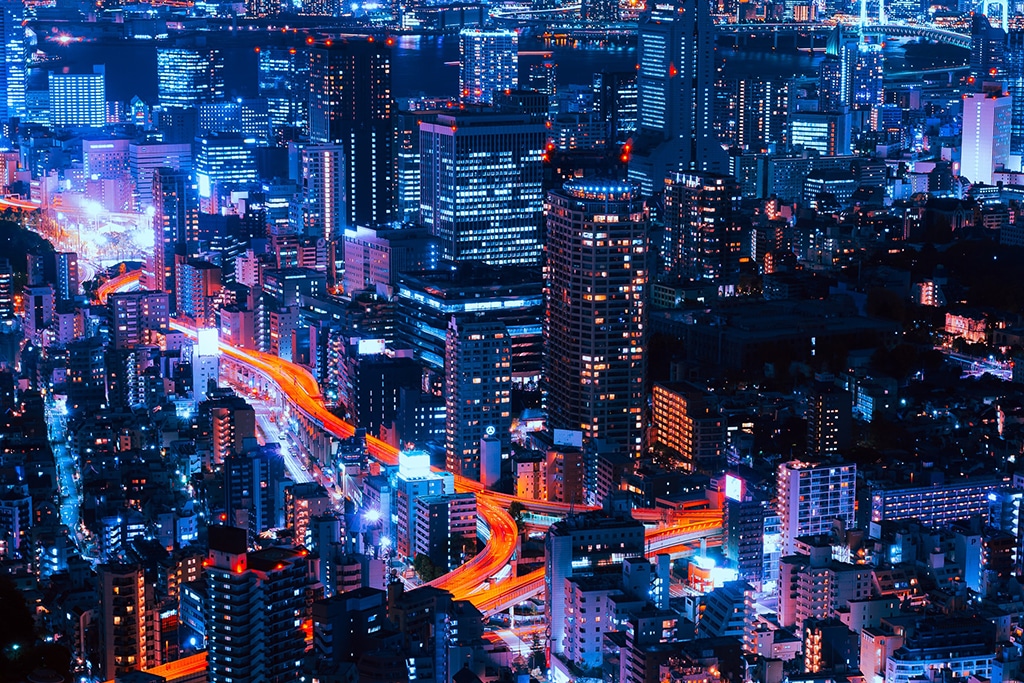
The Austrian government is funding a project in Vienna that’s using blockchain as a means of ensuring that neighborhood planning becomes more oriented towards sustainable energy use. Called “HotCity,” the project will launch its proof of concept on the Ardor public blockchain in October. It uses the principles of gamification to crowdsource waste heat, directing it back into the energy grid for reuse.
The project is a collaborative effort between several different firms and the Austrian Institute of Technology, Austria’s largest non-university research institution. The partners in the project include Jelurida, which powers the Ardor blockchain, along with Picapipe GmbH, which is working on the gamification metrics and blockchain handling. Other partners are developing an app-based user interface and contributing expertise from within the energy sector.
HotCity has received a grant worth over €300,000 ($325,000) from the Austrian Federal Ministry for Climate Action, Environment, Energy, Mobility, Innovation, and Technology.
The project targets “Plus-Energy” districts, which produce more energy than they consume. They achieve this by using a high supply of power from local, renewable energy sources. These neighborhoods take waste heat from industrial or commercial sources and direct it back into the energy grid.
However, HotCity aims to help these districts crowdsource data about smaller sources of waste heat. Until now, it’s been far more challenging to locate smaller sources of wasted energy due to a lack of meaningful or up-to-date data.
Using the HotCity app, residents in Vienna will be able to find and submit information from different sources, which may include photos, on-site inspections, or Google Maps. People are incentivized to participate through gamification, as they can earn rewards for their contributions, which may increase when a HotCity expert or AI algorithm verifies the data they provide.
The gamification system is secured on the Ardor blockchain. Rewards are provided in the form of digital tokens or vouchers, which are recorded on Ignis, a child chain of the Ardor parent blockchain. The purpose of using blockchain in this context is to leverage its ability to manage storing and transfer of the digital rewards in a way that’s transparent and fraud-proof.
Ultimately, the data collected will enable neighborhood planning to put more of a focus on sustainable energy usage.
After a year in which enterprise blockchain use cases seem to have gone quiet, it seems that the European blockchain in the energy segment is now ramping up in 2020.
Aside from the Austrian project, news recently emerged that some of Europe’s largest energy transmission system operators (TSOs) are collaborating on the blockchain platform. It’s designed to offset the fluctuations in energy supply that inevitably result from harnessing greener sources such as wind or solar power.
The consortium consists of grid providers TenneT, which covers the Netherlands and areas in Germany, Italian provider Terna and Swissgrid covering Switzerland. The firms are working with IBM to develop the system, called Equigy, which is based on Hyperledger.
It uses blockchain to help distribute energy from smaller storage sources such as domestic batteries or electric vehicles that aren’t in use. This will help to stabilize the overall supply of energy and allow those contributing their energy stores to earn money from their participation.
Disclaimer: Coinspeaker is committed to providing unbiased and transparent reporting. This article aims to deliver accurate and timely information but should not be taken as financial or investment advice. Since market conditions can change rapidly, we encourage you to verify information on your own and consult with a professional before making any decisions based on this content.

Please check out latest news, expert comments and industry insights from Coinspeaker's contributors.
